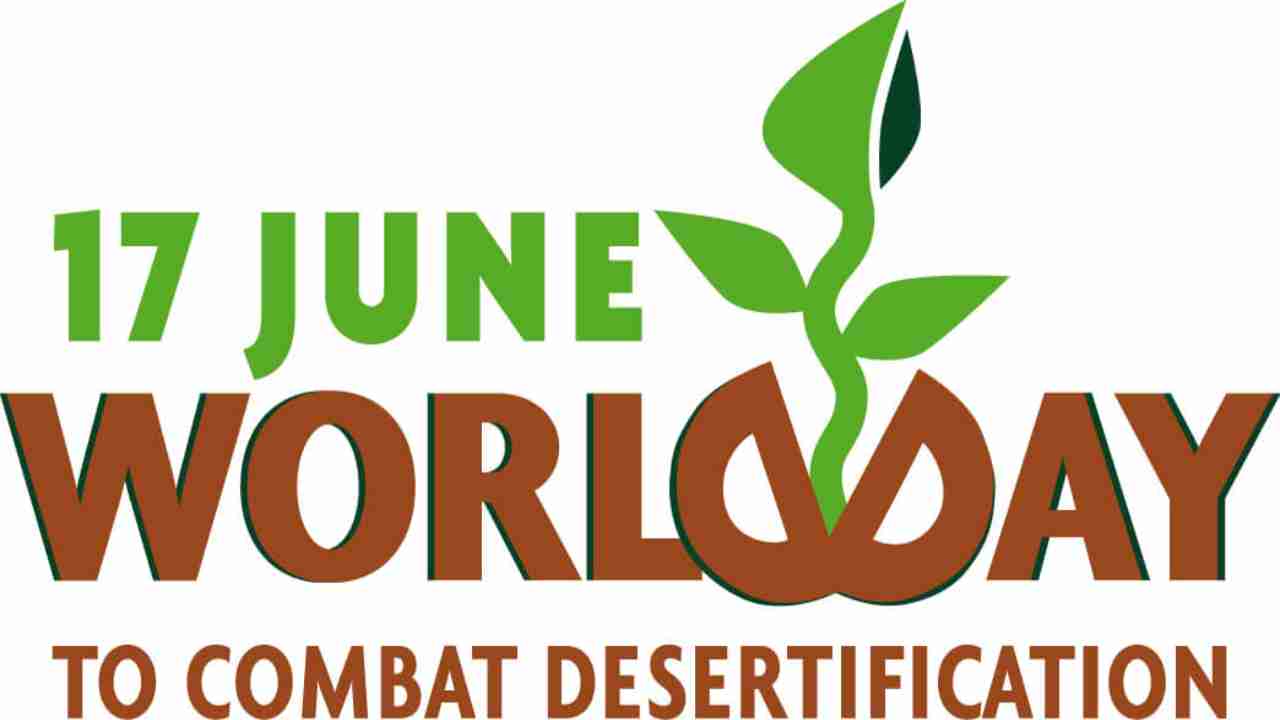World Day to Combat Desertification and Drought is observed on June 17 every year. To promote public awareness relating to international cooperation to combat desertification and the effects of drought, the day is being observed since 1994. The day also focuses on changing public attitudes to the leading driver of desertification and land degradation.
The United Nations Convention to Combat Desertification (UNCCD) plays a key role in the world’s efforts to eradicate poverty, achieve sustainable development and achieve the Sustainable Development Goals.
According to the convention, globally, 23 percent of the land is no longer productive. 75 percent has been transformed from its natural state, mostly for agriculture. This transformation in land use is happening at a faster rate than at any other time in human history and has accelerated over the last 50 years. Scientists say the evolution from one state to the next is so rapid, the process is only observable over very short periods. Everyone needs to know that desertification, land degradation, and drought (DLDD) have a direct effect on their daily lives and that everyone’s daily actions can either contribute to, or help fight DLDD.
Types of Drought:
Hydrological drought
The lack of rainfall killing several water bodies like rivers, reservoirs, or streams, and groundwater supplies leads to a hydrological drought.
Meteorological drought
Meteorological drought is defined usually based on the degree of dryness (in comparison to some “normal” or average amount) and the duration of the dry period.
Agricultural Drought:
Agricultural droughts can occur for a variety of reasons, including low precipitation, the timing of water availability, or decreased access to water supplies. Farmers are most concerned when available water supplies are not able to meet crop water demands.
Causes of Drought:
- The rise in land and water temperatures generally causes drought. Due to water evaporation during summer, severe weather conditions increase. Landscapes and crops need more water to survive and overall the demand for water increases.
- Fluctuating ocean temperature also leads to drought. Research shows that dramatic and prolonged temperature changes in the North Pacific and North Atlantic Oceans correspond directly to extreme weather patterns on land, including persistent droughts in North America and the eastern Mediterranean, the latter of which has been described as the region’s worst drought in 900 years.
- Reduced soil moisture is one of the major causes of drought. Soil moisture can impact cloud formation, and hence precipitation. When water from wet soil evaporates, it contributes to the formation of rain clouds, which return the water to the earth. When land is drier than usual, moisture still evaporates into the atmosphere, but not at a volume adequate to form rain clouds. The land effectively bakes, removing additional moisture and further exacerbating dry conditions.
- While drought occurs naturally, human activity from water use to greenhouse gas emissions is having a growing impact on their likelihood and intensity.


















